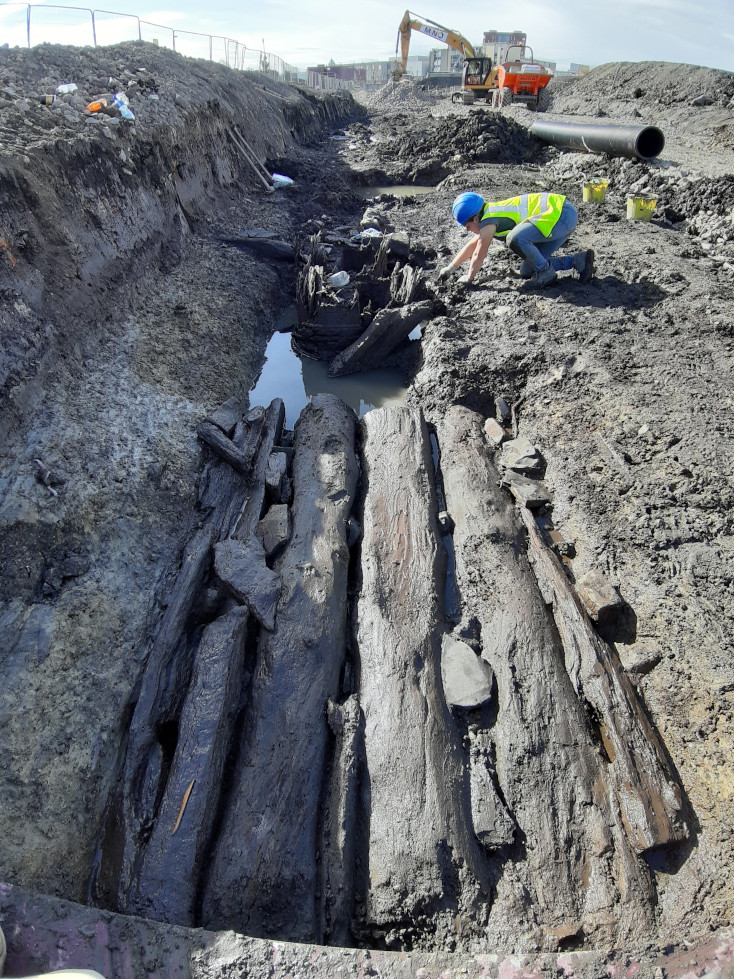2019:719 - DUBLIN 8: St Teresa’s Gardens, Donore Avenue, Dublin
County: Dublin
Site name: DUBLIN 8: St Teresa’s Gardens, Donore Avenue
Sites and Monuments Record No.: N/A
Licence number: 19E0035
Author: Antoine Giacometti, Archaeology Plan
Author/Organisation Address: 32 Fitzwilliam Place Dublin 2
Site type: Historic town
Period/Dating: Multi-period
ITM: E 714152m, N 733062m
Latitude, Longitude (decimal degrees): 53.335278, -6.285173
A programme of archaeological monitoring was carried out for a residential development at St Teresa’s Gardens, Donore Avenue, Dublin 8 in Summer 2019.
The primary archaeological interest of the site relates to the Poddle watercourses and branches, many of which historically ran through the site. One of the oldest branches, called the Abbey Stream (later ‘Earl of Meath’s Watercourse’), was not present in its expected location and must have been relocated to the site boundary in the mid-20th century. It certainly still exists at the edge of the site as it has been documented by Alan Hayden during the Cork Street realignment works.
An unusual 18th-century building, constructed on lands that had previously been owned by Bernard Brown, was exposed during the works. Bernard Brown was a local property developer, and Brown Street opposite the site is probably named after him. Brown took a lease from the Earl of Meath in 1724 of the ‘Oxmore Fields’ (as Teresa’s Gardens was then known). This building is marked on Wilson’s 1798 map, and although the cartographic representation appears to indicate a watermill, the building was a residence by the 19th century. A domestic water system associated with the house, which may have included a 19th-century hydraulic ram, was fully excavated.
As well as revealing material culture from the 18th and 19th centuries, early remains were also found relating to the previous use of the site for tanning and glue-making. The latter, described as ‘’Glewboiling’, is documented on the site in 1708, prior to Mr. Brown taking possession.

